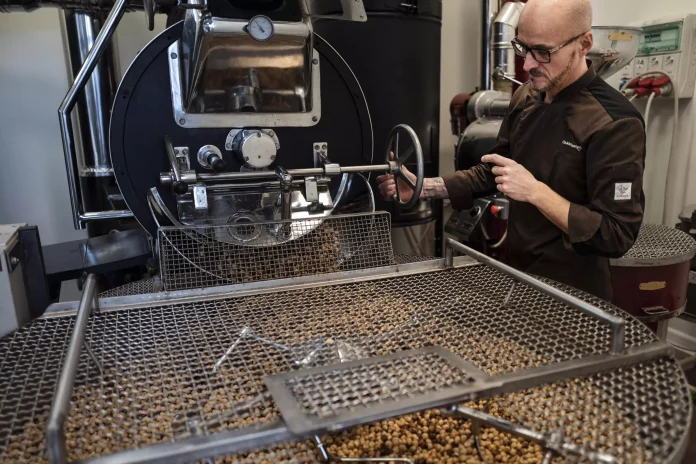Italian artisans have clashed with Swiss giant Lindt in a battle for European recognition.
Luca Ballesio, a 42-year-old chocolate maker from Turin, is one of the last chocolatiers to cook gianduiotto, a small creamy chocolate, in the old-fashioned way – manually. Ballesio belongs to a committee of about 40 artisan chocolatiers, as well as companies like Ferrero, Venchi and Domori seeking a Protected Geographical Indication (PGI) for gianduiotto in the European Union.
This battle is important in promoting a historic product of Turin.
Italian chocolate makers are keen to raise the profile of chocolate, boost sales, already estimated at around 200 million euros a year, and continue the chocolate tradition in Turin. However, they face opposition from Lindt, owner of Italian manufacturer Caffarel since 1997, which claims to have invented gianduiotto.
The Italian Ministry of Agriculture has now blocked the plan. The committee developed some very detailed criteria that must be met by anyone hoping to get the coveted PGI for their products.
Faithful to tradition, the committee favours a return to the original gianduiotto – 30% to 45% roasted hazelnuts from Piedmont, at least 25% cocoa and sugar. However, Lindt does not agree with the 200-year-old recipe: the company demands the addition of milk powder and wants to reduce the hazelnut content to 26%.
Many Italian chocolatiers, including Guido Castagna, president of the Gianduiotto Committee in Turin, consider the addition of milk powder “heresy.”
For us, adding powdered milk to chocolate is like diluting wine with water.
With only a few days to go until Christmas, production at the 49-year-old Castagna’s workshop in Giaveno, just outside the city, is well underway.
“We don’t want to take anything away from Caffarel. We’re not fighting a war against Caffarel. For us Caffarel can easily continue its production. But it must be clear to Caffarel that we are defending the gianduiotto as it was originally made.”
Caffarel, for its part, claims it has never objected to the recognition of the PGI certificate, which it says will “contribute to the prestige of gianduiotto in Italy and across the world.” At the same time, the Lindt subsidiary already has its own brand, “Gianduia 1865 – the authentic Gianduiotto of Turin.” The manufacturer fears that creating a similar PGI, “Gianduiotto of Turin”, will cause confusion.
Our objective is to find an agreement which satisfies all parties and which allows Caffarel to protect the historic value of its brand.
The chocolates originated at the time of the naval blockade established by Napoleon against Britain and its empire in 1806, which led to a cocoa shortage in continental Europe. Turin chocolatiers then first used hazelnuts, abundant in the region. It was not until 1865 that Piedmont hazelnut paste was named after the carnival figure, Gianduia, which symbolises Turin. It began to be marketed by the Caffarel company.
Antonio Borra, a lawyer for the PGI committee, declared:
“Caffarel knows where to find us and if they think there may be an opening, we are ready to discuss it with them. [But] There are points on which we cannot compromise, starting with the name of Turin, which belongs to the whole territory, not a single company.”
